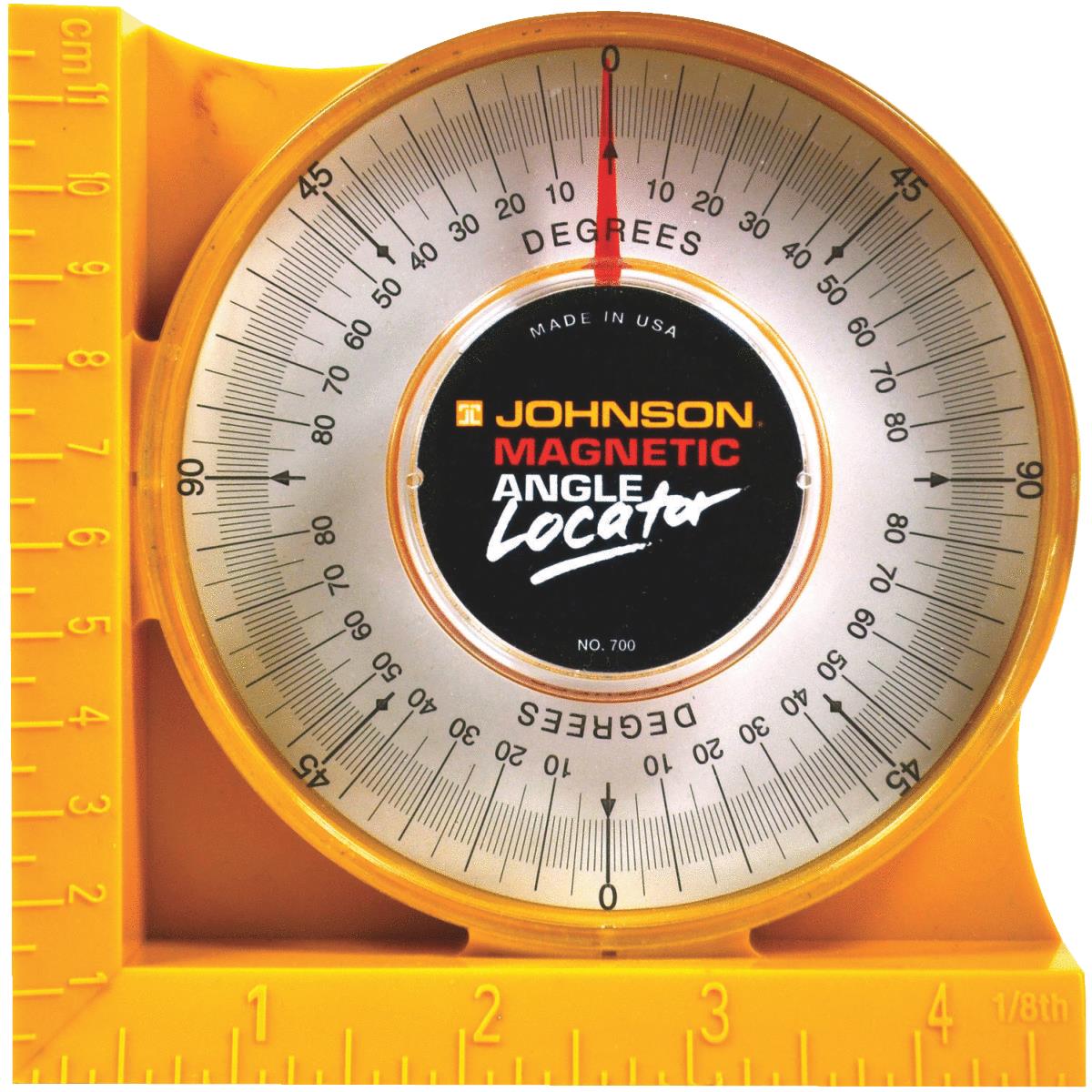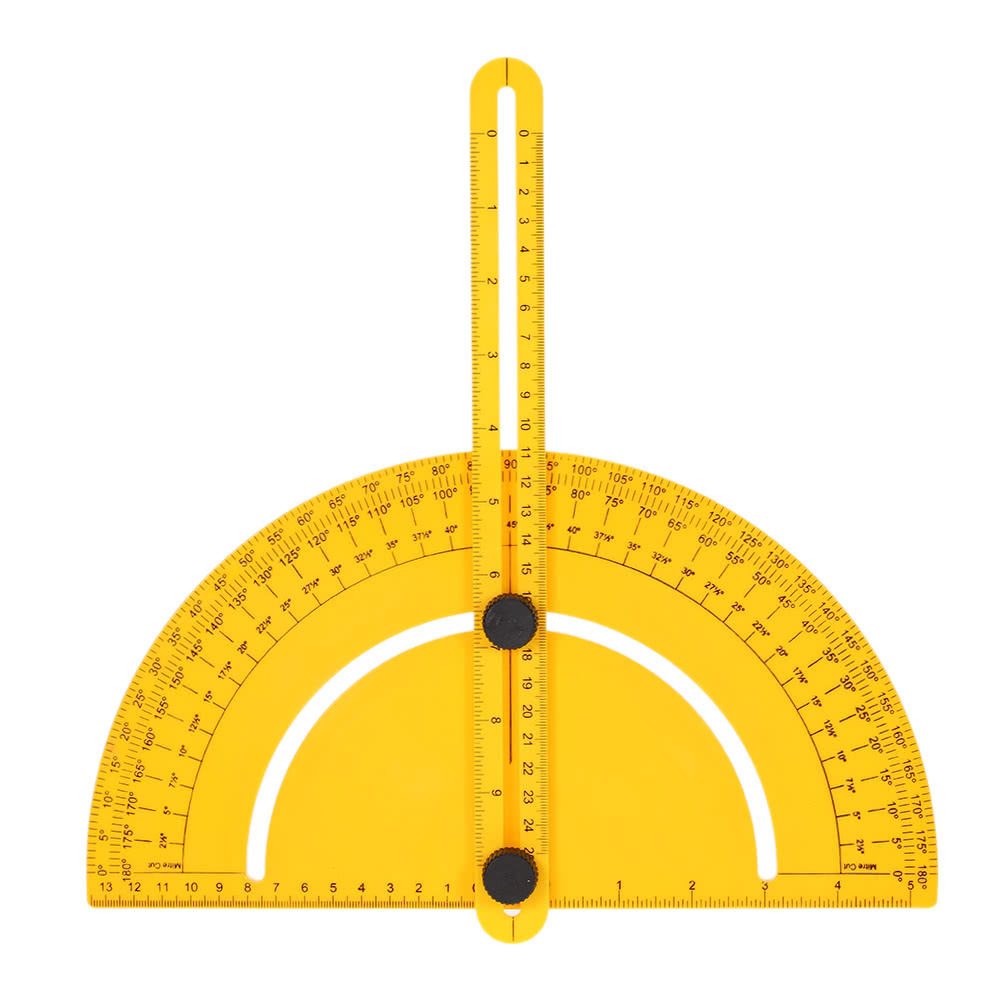
We have an opportunity, now, to customize your protractor. We'll need a viewing window through which we read the lines when we are measuring. Since we are designing a protractor, this will be the point from which all measurements, while using the protractor, will radiate. If you click on the measurements along the X and Y axes and set them to Zero, your object will move to be perfectly centered on the origin.
You'll now notice that the Ruler Helper measures from the origin to the center of the object. The text will then change to 'Use corner' which will let you know you are in midpoint mode. If you click this, it will change the mode. If you hover over the triangle, you'll see the text 'Use midpoint' appear. You'll notice a small triangle or arrow below the object, centered on its X axis. We don't need to worry about being precise in placement, the ruler helper will allow us to have fine grained control over the placement of objects. We will not be able to set the mode until we have placed an object on the workplane. Today, we'll be using the Ruler Helper in "Use midpoint" mode. 
Aligning this ruler helper to the major grid lines helps you make movement decisions faster.

Grid lines are 1mm apart and major grid lines happen every 10mm. Make sure to align the axes of the ruler tool to a major (thicker) grid line.
Drag the Ruler Helper so that its Origin is at the center of the Workplane. It is common with most tools, on a computer or in the real world, to set up the work environment, first, so everything you'll need will be at your disposal. Therefore, it is important that we begin with it in the right place. Similarly, we could have constructed OM on the 0-degree line first then placed point O on the 30 degree measure to draw OM.We will be making extensive use of the Ruler Helper, perhaps in ways you have not done before. We could also construct ∠OMP by placing OM on the 0 degree line on the right side of the protractor as long as vertex M is centered at the midpoint of the protractor. Lastly, draw segment MP with a straight edge. Then find 30 on the outside set of degree measures and mark it with point P. First, draw a line segment OM and put the protractor on the line such that vertex M lies on the midpoint of the protractor and OM lines up with the 0 line on the left side of the protractor. For example, to draw ∠OMP having a measure of 30°: Protractors can also be used to draw an angle having a specific measure. Then, read the degree measure on the outside set of numbers where side TS intersects the edge of the protractor. #Angle protractor tv#
Similarly, you can place TV so the vertex is inside the hole of the protractor and lines up with the 0 line to the left side of the protractor.
Second, make sure that TV is extended enough such that it goes through the edge of the protractor, then read the degree measure on the inner set of numbers where side TV intersects the protractors edge. 
First, place side TS so the vertex is inside the hole (the midpoint) of the protractor and TS lines up with the 0 line to the right.Whichever side you line up with the zero-degree line determines which set of numbers to use.

When using a protractor, notice that the outside set of numbers goes from 0 to 180 degrees where the 0 is on the left side of the protractor while the inner set goes from 180 to 0 degrees where 0 is on the right side of the protractor. Most protractors measure angles in degrees (°). Home / geometry / angle / protractor ProtractorĪ protractor is a tool used to measure angles.








 0 kommentar(er)
0 kommentar(er)
